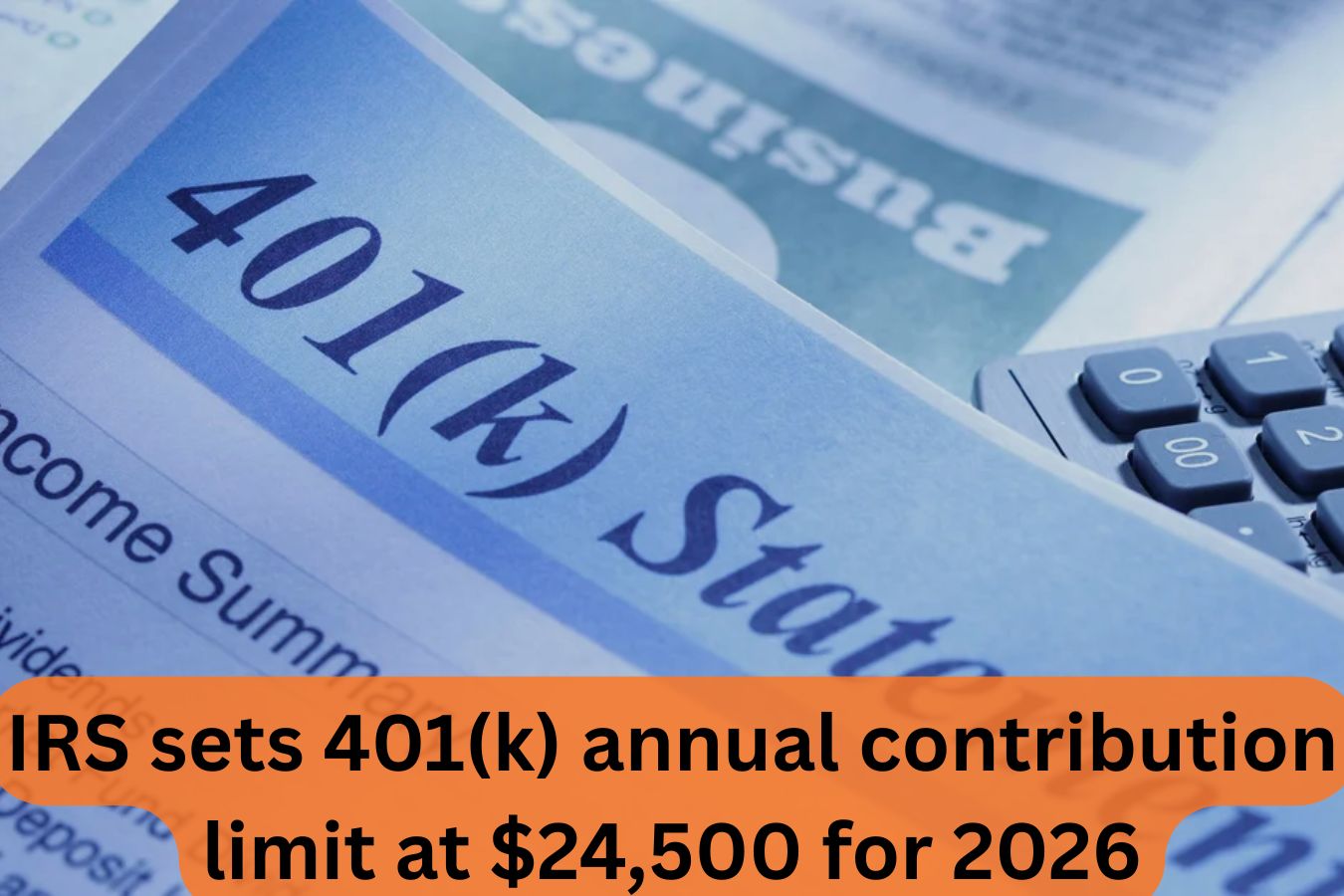The most recent news reports reveal how the median monthly Social Security payment in the United States could reach around $3000 by 2040, provided that the system is able to address its financial issues and continues to adjust benefits in line with cost-of-living rises. The current average monthly amount is approximately $2,008 and because of the annual adjustment to cost of living (COLA) forecast at about 2.8 percent, this figure will likely to increase.
But, this prediction is contingent heavily on the extent to which Social Security maintains its funding without major cuts or bankruptcy particularly in light of concerns over trust fund depletion in 2034. For those planning their retirement taking note of these changes in Social Security payments is key to financial planning and retirement preparation. This article will provide the essential information you need to be aware of regarding what’s to come with Social Security benefits, how the benefits will change and what economic conditions of the moment will can mean for you in 2040.
Average Social Security Payment
If you’re getting close to retirement or are planning to retire some time in the future understanding the way you Social Security benefits will evolve is essential. In the present, the average monthly amount paid by Social Security is about $2,008. According to the latest projections that put the average annual cost-of-living adjustments (COLA) being around 2.8 percent, the amount could rise to a little more than $3000 by 2040. This prediction is built on the assumption that the program will remain in good financial condition and fully funded. If Social Security’s finances decline without legislative intervention payments could decrease and even be cut.
Average Social Security Payment Overview
| Aspect | Details |
| Current Average Monthly Payment | $2,008 (2025) |
| Projected Average Payment in 2040 | From $3,000 to $3,038 and 2.8 percent COLA per year |
| Cost-of-Living Adjustment (COLA) | About 2.8 percent annually, which is influencing the rate of increase in payments. |
| Financial Challenges | The trust fund could be depleted in 2034, assuming no modifications |
| Number of Workers per Beneficiary | The drop is expected to be by 2.7 (2024) and dropping to 2.3 predicted in 2040. |
| Potential Payment Cuts Without Fix | A possible reduction of 20% in 2034, if there is no Congressional action |
| Official Website | https://www.ssa.gov/ |

Understanding the Future of Social Security Payments
The rise in the payment is largely due to the COLA that is intended to ensure that your benefits stay in the pace of the rate of inflation. For instance, in 2026, Social Security payments rose by 2.8 percent, which was one of the smallest increases over the past few years. The increase was around $56 to a retiree’s monthly payment.
The main issue facing Social Security is the growing amount of retired people receiving benefits in comparison to the declining number of workers contributing to the system. As of 1960, there was more than five workers per beneficiary, but that ratio is now around 2.7 in the present, and is predicted to drop further to 2.3 in 2040. The shift in population demographics is straining the system’s finances which makes it more difficult to maintain current levels of benefit without raising funding or making adjustments to the payment.
What Causes These Changes?
- Cost-of-living Adjustments (COLA): COLA is an annual adjustment of benefits that are based on inflation, aiding retirees in protecting their purchasing capacity. The majority of the time, these increases are just a small amount every year. However, the most recent 2.8 percent increase in benefits highlights the impact of compounding when implemented regularly over the course of.
- Demographic shifts: The baby boomer generation gets older and more claim Social Security benefits. In parallel the lower birth rate means less workers are supporting each retiree. This burdens the ability of the fund to provide full benefits.
- Trust Fund Solvency: The Social Security trust fund currently has a total of $2.7 trillion, however it’s predicted to be depleted in 2034, If no reforms are implemented. After 2034, if no changes are made benefits could be reduced by as much as 20 percent.
What This Means for You as a Future Beneficiary
If you’re a planner and working ahead this is how these changes can affect your work:
- The potential Social Security benefits could be more expensive in terms of dollars because of COLA increases as time passes.
- Be aware that the possibility of benefit cuts If political changes aren’t implemented to maintain the trust fund.
- Refraining from retirement benefits after the age of full retirement could result in an increase in your monthly benefits.
- It is important to make sure that retirement plans are flexible, and not depend only upon Social Security income.
If you are planning your retirement savings it’s important to consider the way Social Security benefits might evolve. According to the latest reports, the average amount of benefits could be approximately $3000 by 2040 thanks to constant cost-of-living adjustments. However this optimistic outlook is contingent on the health of the program’s finances and the necessity of reforms to deal with issues with fiscal and demographic growth. To protect your financial future make sure you are prepared for different scenarios make sure you make sure you have a variety of retirement income options and keep up-to-date with the changes that are coming in Social Security. This proactive approach can help to ensure that you get the most of your Social Security benefits when the time arrives.
FAQ’s
What happens if Social Security benefits definitely reach $3000 per month in 2040?
Benefits could increase to $3,000 if the program is in good financial condition and COLA is maintained at approximately 2.8 per year. If reforms aren’t made the benefits could be reduced when the trust fund is drained out, resulting in less the amount of benefits.
What happens if Social Security trust fund runs out?
If Social Security’s fund has been depleted, Social Security could only pay around 80 percent of the benefits earned from tax-free income, cutting 20% unless Congress takes action.
How do I get the most benefit from the value of my Social Security benefits?
Delaying a benefits claim beyond the full retirement age to age 70 could increase your monthly payment by as much as 8 percent. Additionally more lifetime earnings usually will increase the amount of your benefit.

Hi, I’m Harikesh, a content writer at cgncollege.com. I write engaging and informative articles covering the latest news, India, and global updates. My goal is to keep readers informed with accurate and insightful stories from around the world.






